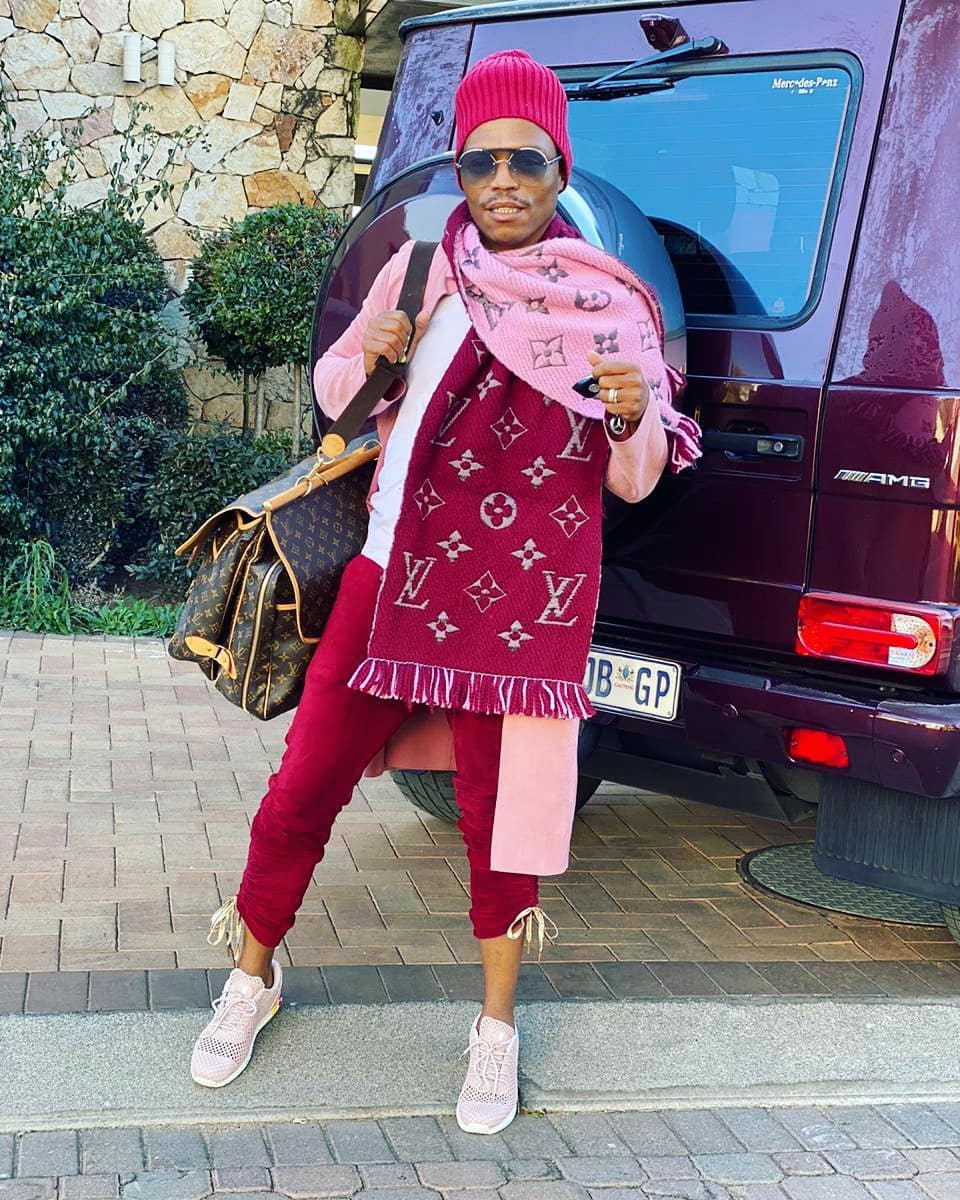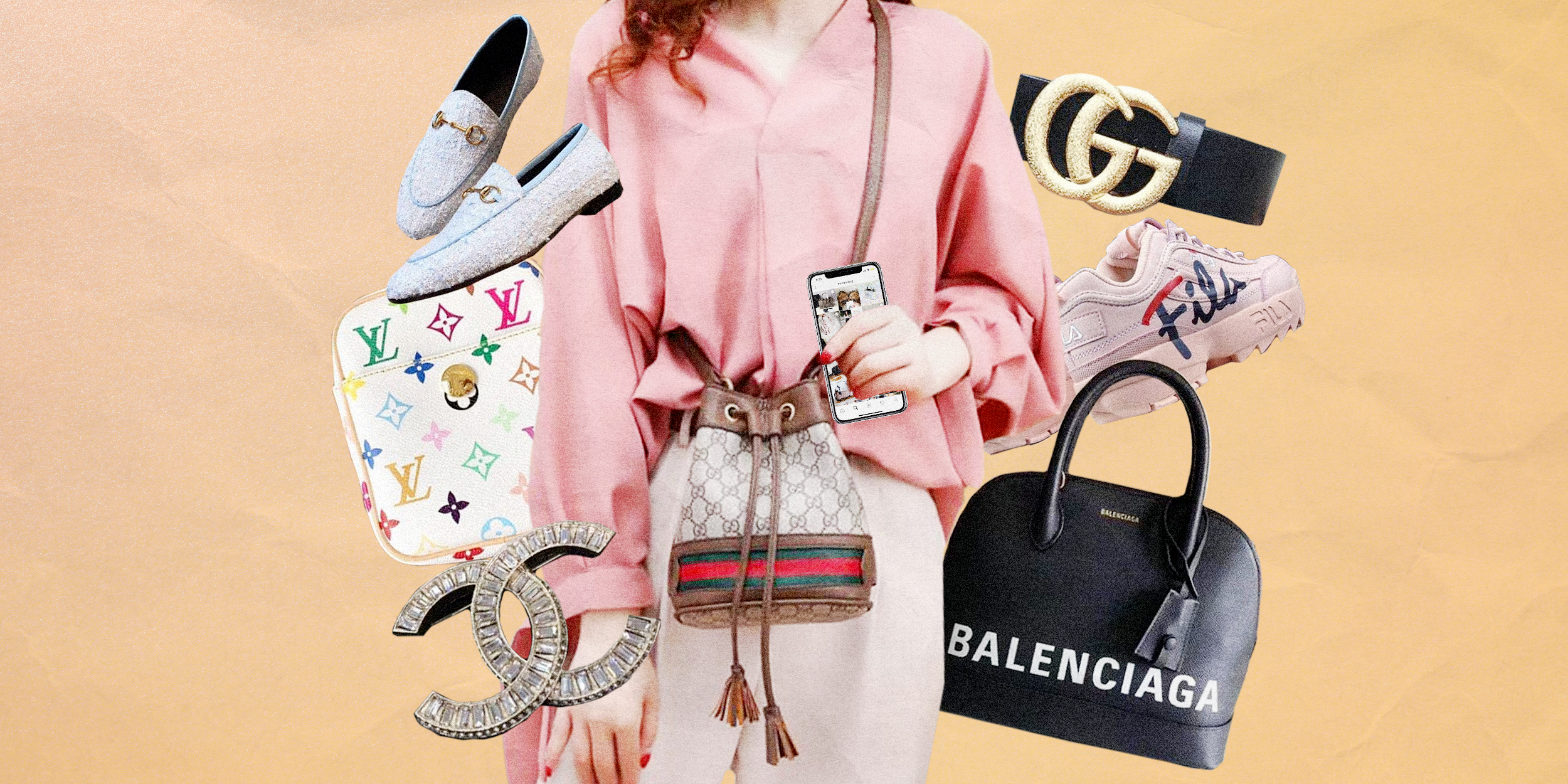There’s a page on Instagram that I’ve liked ever since I saw it, it exposes people who wear fake clothes. I scrolled through the page to see how legit it is and as I was scrolling, I saw my name and my hat, and I was like ‘wtf’? Usually, I would ignore it because I know my truth, but no. I’ve worked so hard to be discredited like that. I’m at a Gucci store right now, I want to show you.
Stated South African Media personality Somizi Mhlongo in an Instagram video posted earlier this week. The video served as response from Somizi after he found himself the latest victim of an Instagram page persistent on exposing people who wear counterfeit Gucci items. @fake_guccicommunitysa has many a follower and fan, before scrolling to the bottom of the page, out of fascination and curiosity, Somizi himself was a fan of the troll account — that is until he found an image of himself adorning a Gucci bucket hat accompanied by the caption “Accused Number 2: @somizi I did not see this coming? Fake products from the Somizi. I hope you were just an innocent consumer who was scammed into thinking this was real. Either way, it’s fake!”
Somizi, stunned by the accusation and desperate to clear his name went to the Gucci store and asked the store clerk if he could film records of his previous purchases there — with a focus on the bucket hat — raising the question of how far we are willing to go to prove that we live an Instagram-worthy lifestyle. As a result, this begs the question: why we are all so concerned about what others wear and whether or not it is genuine?

It is no secret that the counterfeit designer goods industry is worth billions of dollars. In recent months, the conversation surrounding counterfeit goods has come to the forefront as more evidence has surfaced around the amount of influencers adopting a ‘fake it until you make it’ approach to keep up with appearances of living a branded lifestyle. Twitter users were shocked to find out high-end brands were selling empty designer packaging to customers and that influencers were purchasing empty packaging from resellers online. Proving there to be not only a high demand for counterfeit goods, but potentially also for designer packaging used to allow counterfeit items to appear more authentic.
In an effort to better understand the psychology behind the appeal of authentic goods, as well as the lengths people will go to in order to legitimise their expensive tastes, I began looking into studies that attempt to explain the desirability of designer goods and the driving forces that cause people to buy counterfeit items. One such study researched the counterfeit market in China and came to conclusions based on reasons behind why people buy counterfeits. One of the most striking, yet least surprising conclusions, is referred to as “status consumption”. This is well explained in this article and to paraphrase — in every culture, including our own, social standing is an essential notion. This is especially true in China, where ‘face’, a sociological word for an individual’s public self-image, is a critical component of a person’s social status.
Public demonstrations of one’s own successes, such as showing the world that they own expensive high-end items, are an essential element of social positioning for those driven by status consumption. Status consumption, in my opinion, is the core reason behind why people buy designer items. To wealthy status consumers, the prospect of being caught for purchasing counterfeits is extremely unappealing since it may expose them as having a lesser social standing than they would like to portray.
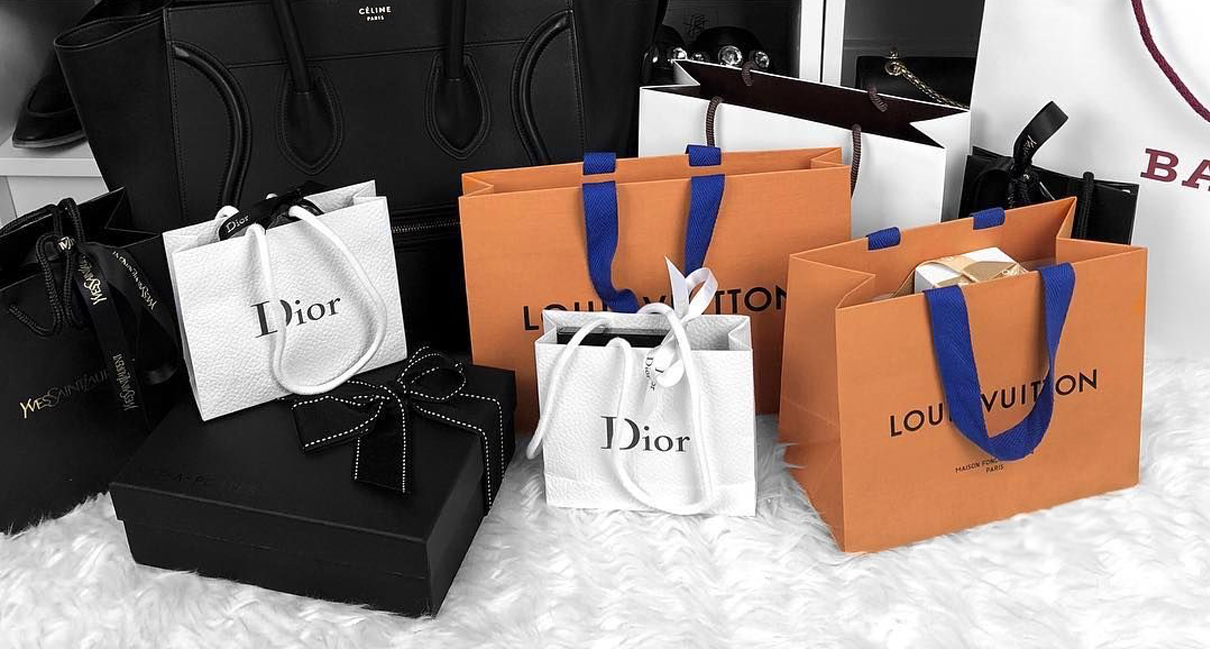
Following this thinking, I would argue Somizi is one such example of a status consumer, based on his statements in the Instagram video, specifically “I’ve worked so hard to be discredited like that”, and he has every right to be upset about the accusations. On the other hand, there is no denying that counterfeits serve as a shortcut for social climbing — without having to spend money on expensive, prominent things, individuals could get the same social benefits without being at a high economic level. So, even those less worried about being exposed, buy counterfeits as a way to “heighten” their appearance and social standing.
As branded items such as Gucci bucket hats are thread together by connotations of wealth and luxury, they serve as symbols online painting a picture of the perfect lifestyle. Often the level of desirability of designer items directly correlates to how much users have been exposed to them online. I, myself, am guilty of purchasing items similar in style to branded goods as I was conditioned by my Instagram page to believe the items were the epitome of fashion.
A study conducted by Deloitte explores the extent that digital influence has on retail. According to the study, 47% of all millennial customers use social media throughout their purchasing experience, allowing it to influence their buying decisions. Social media could allow people to feel pressured to keep up with online trending designer goods and cause them to buy counterfeit items as a way to fit in. The same study mentioned earlier done on the Chinese counterfeit market also attributes value conciseness and novelty-seeking as reasons behind the prominence of counterfeit items.
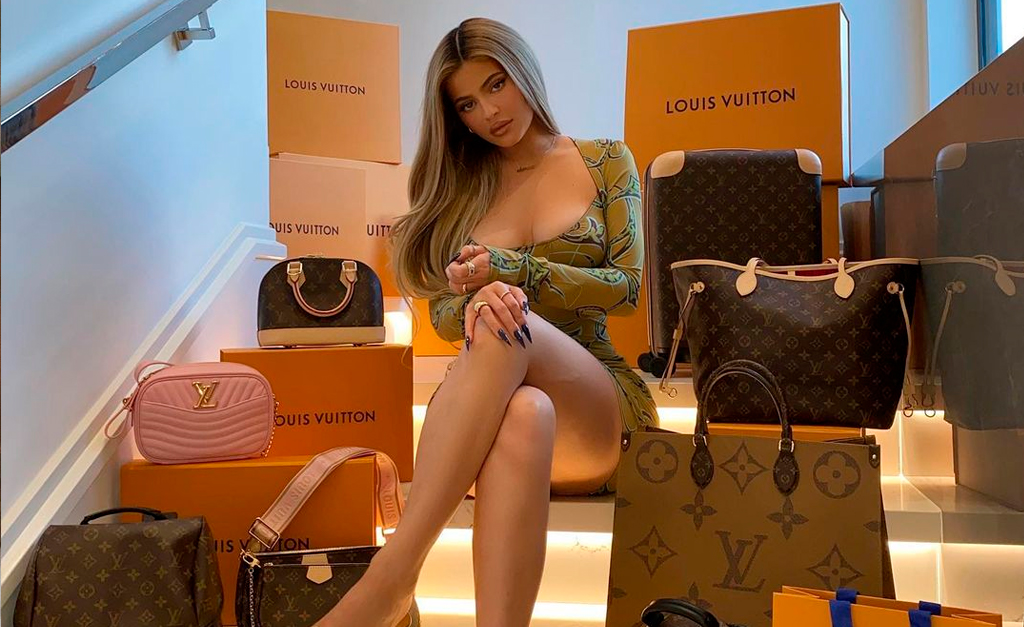
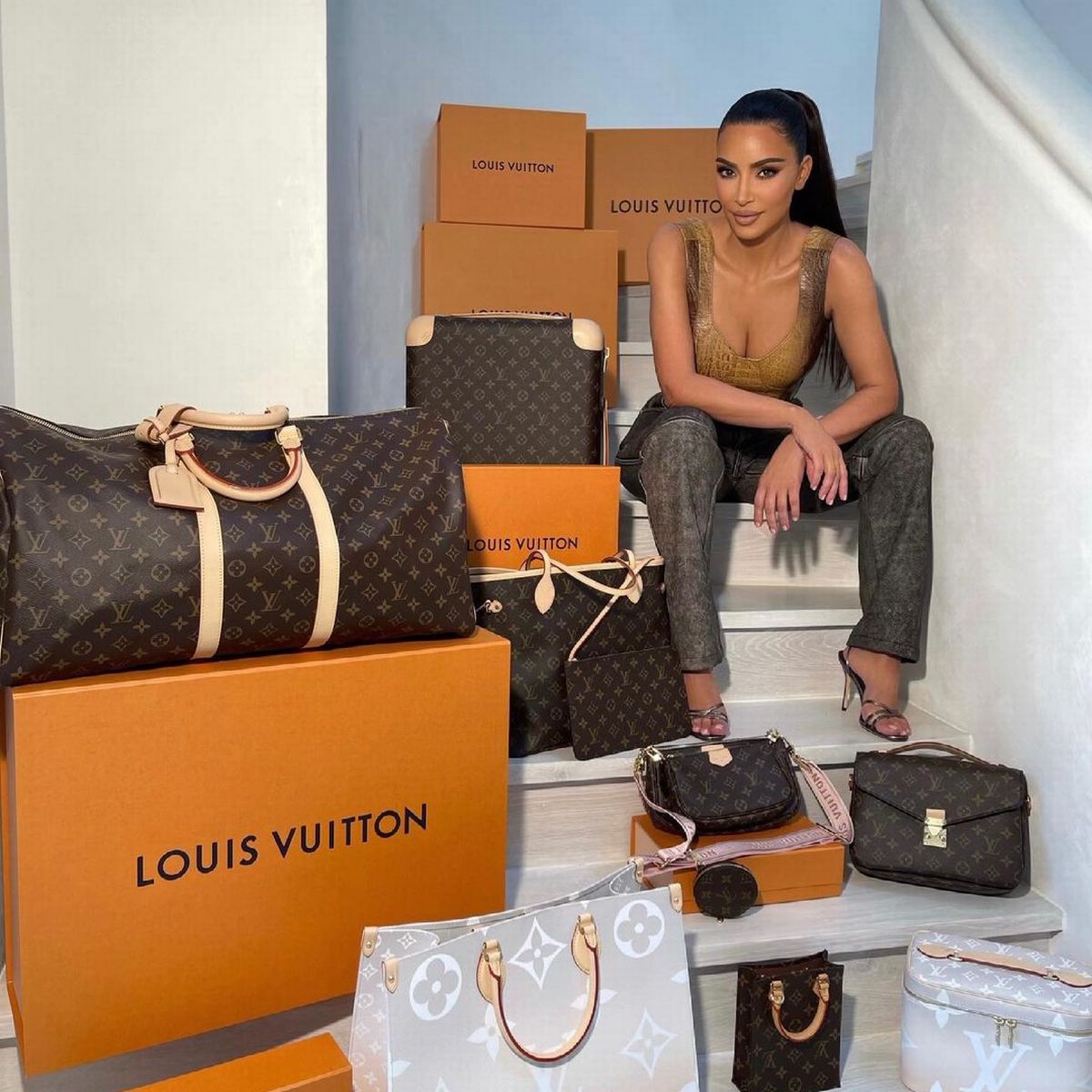
Somizi going into the Gucci store to prove that his purchases were genuine speaks to the fact that logomania isn’t truly about the actual product, but rather, what it stands for, aspirations of wealth. This brings up a point I raised in my Imran Potato article, that the mega-rich aren’t even buying original Gucci opting instead for contemporary re-workings of branded clothing or vintage designer goods. Begging the question as to whether brand stores such as Gucci serve not only as stores for the upper class, but as a place designed to benefit the social climbing of the middle class.
“Gucci is what poor people think rich people wear” says a Reddit user with over 20 thousand votes, and while I don’t believe this is necessarily true, I do think it sparks conversation surrounding a particular discourse we are slowly beginning to catch wind of — the mega-rich often don’t wear logo-laden clothing. Think about Steve Jobs’ iconic turtleneck or Zuckerberg’s grey T-shirt; uniforms that have become synonymous with them. While the reasoning behind why they wear these uniforms has been credited as allowing them to avoid decision fatigue and increase productivity, it has been noted how strange it is that the wealthiest men often wear the simplest of clothing.
This has caused many to think through questions surrounding if the rich even need branded symbols to prove their wealth and if symbols of wealth such as branded logos are even necessary to prove wealth? Importantly, it questions who logomania specifically caters to. The answer I propose is, the aspirational, the status consumers, and often, the middle class. Whether your opinion aligns with this thinking or not, it is interesting to think about if the popularity of designer brands is fuelled by their symbolism that equates to higher social standings. Is branded clothing just a classist illusion?
